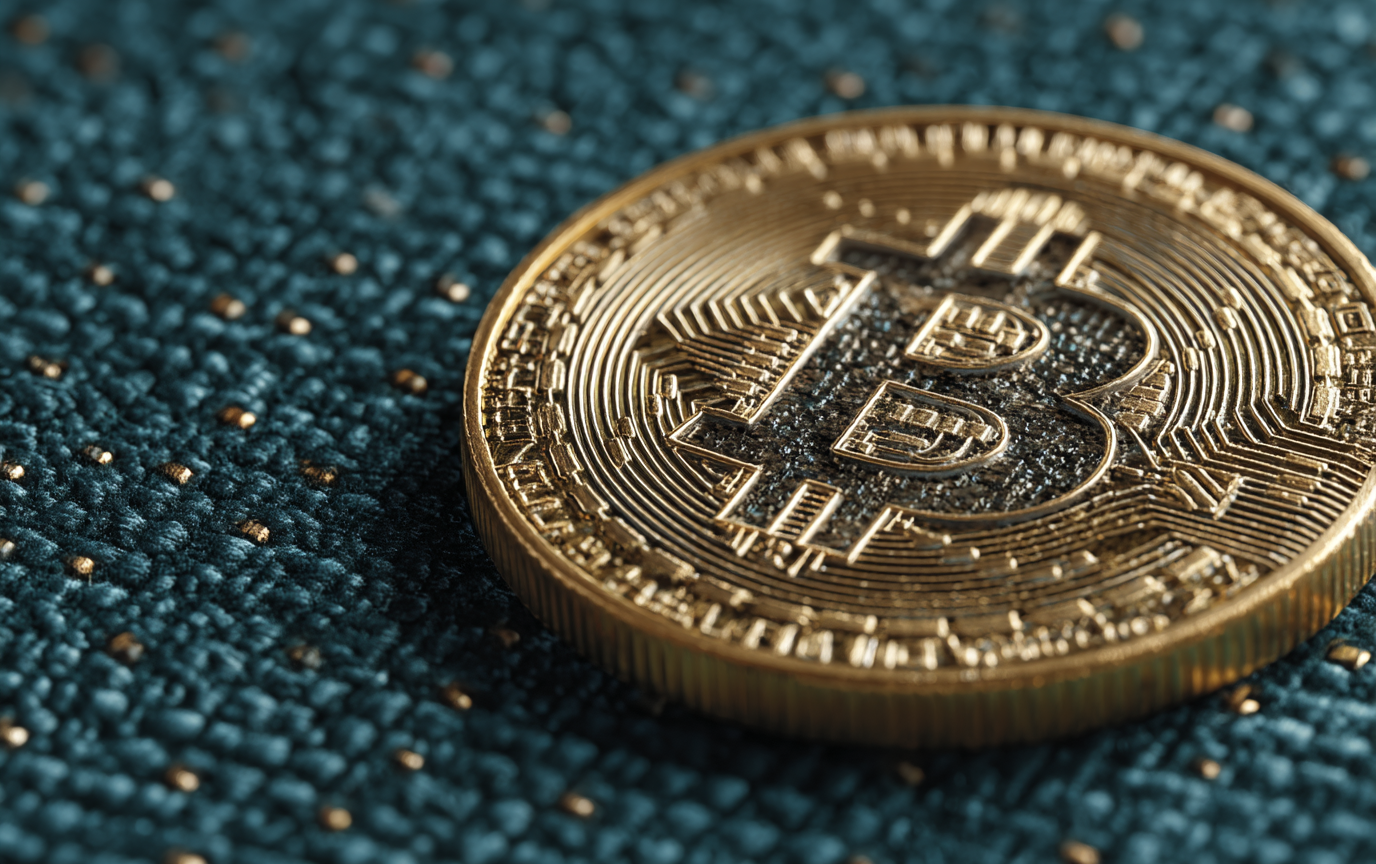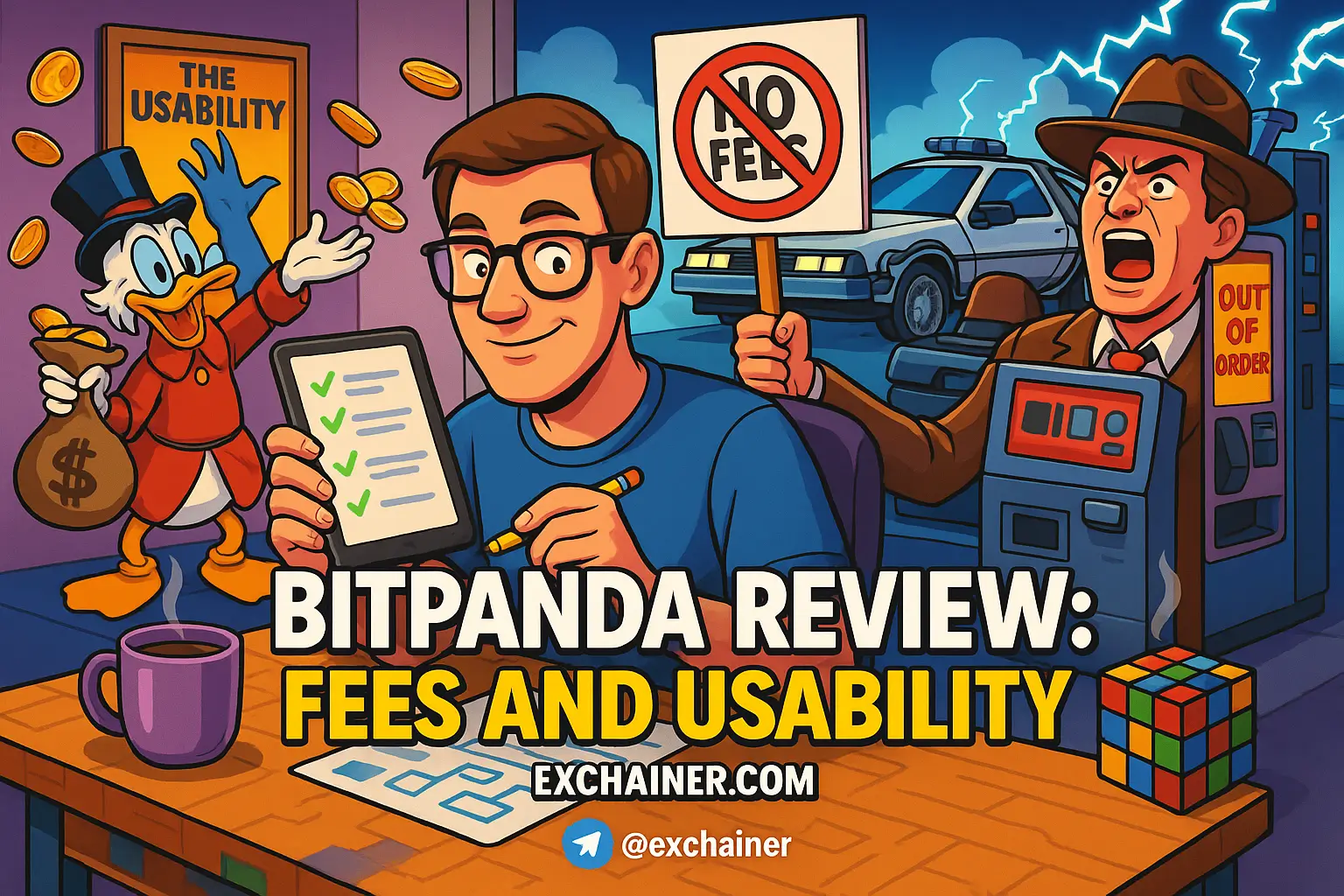In the ever-evolving world of cryptocurrency, understanding why Bitcoin has value is crucial for anyone looking to navigate this digital landscape. Bitcoin, often referred to as digital gold, fascinates both seasoned investors and newcomers alike with its remarkable attributes. Its value isn’t just a whim of market speculation; it stems from a robust combination of scarcity, utility, and acceptance, akin to traditional currencies. If you’ve ever wondered what makes Bitcoin tick, you’ve come to the right place. By the end of this guide, you’ll have a firm grasp on the factors that contribute to Bitcoin’s continued relevance and worth in the ever-competitive crypto market.
One of the first things to understand when exploring cryptocurrency basics is the framework through which Bitcoin derives its value. It isn’t a single attribute that defines Bitcoin’s worth; rather, it’s a multitude of factors interacting in an ever-dynamic marketplace. From scarcity—its limited supply—to its increasing acceptability across various sectors, every element contributes to the overall picture. These attributes not only outline Bitcoin’s worth today, but also serve as indicators of its future potential.
Let’s embark on a journey through the essential aspects that shape Bitcoin’s value and understand why so many people believe in this digital currency as a viable asset.
Attributes of Value
To grasp Bitcoin’s worth effectively, we need to break down its attributes into more digestible pieces.
Scarcity
One of the most crucial aspects of Bitcoin’s value is its scarcity. Bitcoin is designed with a cap: there will only ever be 21 million Bitcoins in existence. This finite supply creates a natural scarcity, especially when compared to traditional fiat currencies, which can be printed indefinitely by governments. According to Nick Szabo, a prominent computer scientist, this results in what he refers to as “unforgeable costliness.” Essentially, the limited supply contributes significantly to Bitcoin’s intrinsic value.
Divisibility
Another attribute is Bitcoin’s divisibility. Each Bitcoin can be split into 100 million smaller units, known as satoshis. This makes transactions versatile; you don’t have to purchase a whole Bitcoin to engage in the market. Instead, you can transact in smaller amounts, making Bitcoin accessible even to those without substantial funds.
Acceptability
As more merchants and businesses adopt Bitcoin, its acceptability as a form of payment increases. This growing acceptance solidifies its role as a reliable medium of exchange, which reinforces Bitcoin’s value through demand. For instance, major companies like Microsoft and PayPal now accept Bitcoin, making it easier for everyday people to engage with the digital currency.
Portability
Bitcoin excels in portability. You can send Bitcoin to anyone across the globe with the click of a button. Unlike traditional banking systems, which may impose hefty fees or lengthy waiting times for international transfers, Bitcoin transactions can occur almost instantaneously.
Durability
Bitcoin’s durability as a digital currency means it isn’t subject to physical degradation. While cash can wear out, Bitcoin exists in a digital format that remains intact as long as there is digital storage. You won’t find your Bitcoin getting torn or fading in the wash!
Uniformity
Lastly, uniformity is another important factor. Each Bitcoin is identical, nearly eliminating the risk of counterfeiting. This feature gives users confidence in trading and using Bitcoin, solidifying its value further.
Fundamental Analysis of Bitcoin
Now that we’ve outlined Bitcoin’s core attributes, let’s dive into how to conduct a fundamental analysis of this cryptocurrency. This analysis looks at multiple factors to determine Bitcoin’s intrinsic value.
Supply and Demand
At the heart of any asset’s value is the principle of supply and demand. The fixed supply of Bitcoin means that as demand increases, prices typically follow suit—especially when considering its appeal as a “digital gold.”
Network Activity
Also, the activity on the Bitcoin network can significantly impact its valuation. This includes the number of active users, transactions, and miners participating in the ecosystem. The more vibrant the network, the more confident investors can be in Bitcoin’s staying power.
Regulatory Environment
The regulatory environment cannot be overlooked. Changes in laws and regulations can dramatically affect investor confidence and Bitcoin’s adoption rate. For instance, recent regulations in certain countries have curtailed trading activity, causing swings in Bitcoin’s price. Staying informed about these developments is crucial for investors.
The Role of Scarcity in Value Creation
The concept of scarcity is deeply intertwined with Bitcoin’s value proposition. As a limited asset, Bitcoin serves as a hedge against inflation, attracting those looking for alternatives to traditional assets. The stock-to-flow model, originally applied to precious metals like gold, emphasizes Bitcoin’s inflation resistance. This model forecasts that as Bitcoin’s supply dwindles, its value may rise sharply, making it an appealing option for long-term investment.
Volatility and Speculation
Despite its attributes, Bitcoin is famous for its volatility. Prices can swing wildly, creating both opportunities and risks for investors. Much of this volatility is fueled by speculation, as many traders act on impulse rather than fundamentals. The fear of missing out on potential gains can drive prices higher, further exacerbating volatility.
Is Bitcoin Undervalued?
Now, the pressing question is whether Bitcoin is currently undervalued or overvalued. Various models, including the stock-to-flow, suggest that Bitcoin could be significantly undervalued at its existing price levels. Predictions regarding future values can be staggering—some analysts project values up to $500,000 after the next halving event. That said, many in the trading community argue that Bitcoin’s pricing is largely speculative and may not reflect its fair value.
Conclusion
Bitcoin’s value is a multifaceted tapestry woven from scarcity, utility, and greater societal acceptance. As a decentralized digital currency, it’s starting to capture the attention of investors globally. Whether you’re aiming to make an investment or merely understand its foundational principles, grasping Bitcoin’s value is imperative in today’s financial climate.
So, as you embark on your journey into the world of cryptocurrencies, remember that Bitcoin serves as the entry point for many. Its unique properties open doors to a myriad of possibilities not just in trading but in how we view money itself.
Ready to explore more about cryptocurrencies and trading? Check out more guides on Exchainer.com to keep yourself informed and empowered. Whether you are interested in Exchange Reviews or the latest News, there’s much to discover. Don’t forget about essential Tools and Wallets that can help you on this exciting financial adventure!
Explore Related Articles:
- OKX Exchange Review 2025: Features, Fees, and Trading Insights
- What Are NFTs and Why Are They So Popular?
- Bybit Review 2025: Features, Fees, and Trading Tools
- Binance Review 2025: Detailed Analysis of Features and Fees
- What Is Cryptocurrency and How Does It Work in 2025?
- What Is Blockchain and How Does It Work?
Ready to dive deeper into the world of cryptocurrency and stay updated with the latest trends? Join our vibrant community on social media! Follow us on YouTube for insightful videos, connect with us on X for real-time updates, explore stunning visuals on Instagram, and engage with our community on Facebook.












